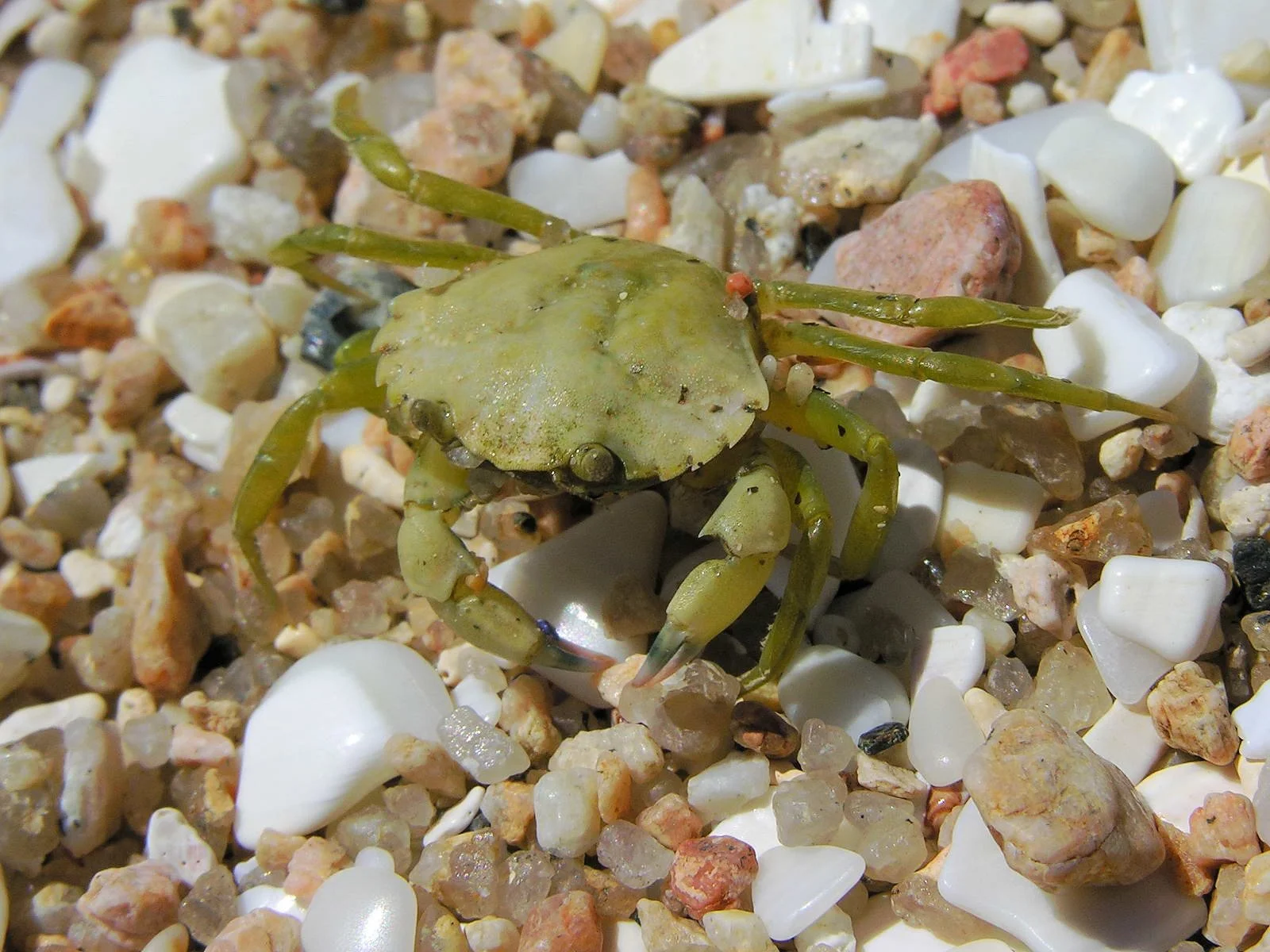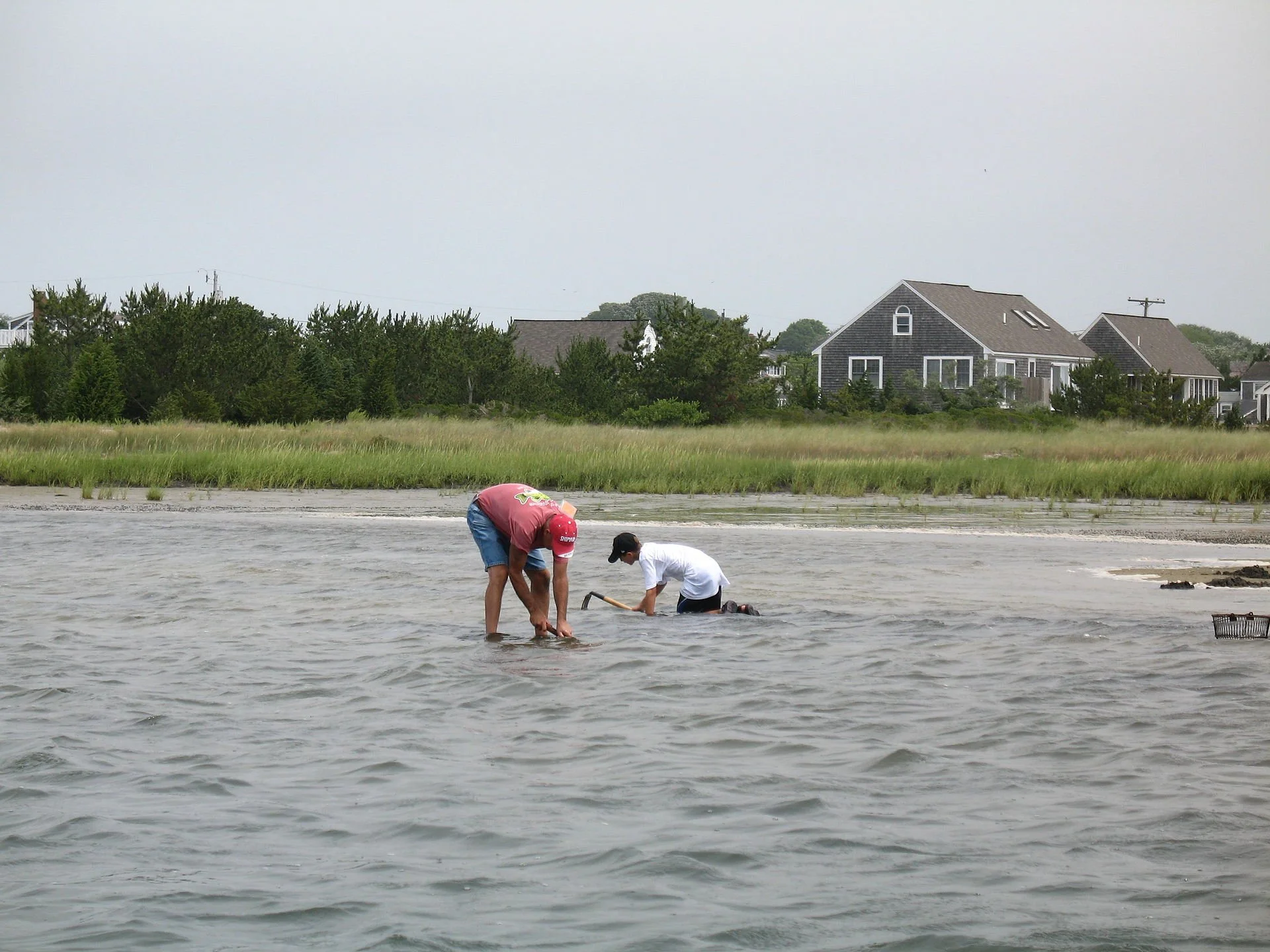
The great invasion
Text from article by Frank Carini in ecoRI news
A worldwide scientific intergovernmental group on biodiversity, which included a professor from the University of Rhode Island, provides evidence of the global spread and destruction caused by invasive alien species and recommends policy options to deal with the challenges of biological invasions.
The comprehensive report, released Sept. 4 by the Intergovernmental Science-Policy Platform on Biodiversity and Ecosystem Services for the United Nations, found the threat posed by invasive species introduced into new ecosystems is “enormous.”
In 2019, invasive species caused an estimated $423 billion in damages to nature, food sources, and human health. These alien invaders have also contributed to 60% of recorded animal and plant extinctions, and were the sole factor in 16% of extinctions, according to the report.
“This is the first global report on invasive alien species anywhere,” said Laura Meyerson, a URI professor in natural resources science and a contributing lead author on the report. “It’s truly an effort of scientists from around the world. The data touch on every world region, every biome and all major taxa — plants, vertebrates, invertebrates, micro-organisms, fungi.”
Invasive species pose to a threat biodiversity, ecosystem services, and human well-being. The report is designed to raise public awareness to “underpin action to mitigate the impacts of invasive alien species.”
To read the whole article, please hit this link.
Todd McLeish: Using biocontrol to thwart invasive species in New England
Phragmites are often controlled with the application of herbicides, which shouldn’t be used in salt marshes and other coastal locations where this invasive species grows extensively. Two moths whose caterpillars feed inside the stems of the invasive wetland plant phragmites are being tested to combat the spread of these fast-growing invasive plants.
-- ecoRI News photo
From ecoRI News (ecori.org)
The announcement in July that the emerald ash borer, an invasive beetle that kills native ash trees, had been found in Rhode Island raised questions about how to eradicate the invader before it wreaks havoc on the attractive trees found in parks, along roadsides, and in forests.
One strategy being employed against many other invasive species is biocontrol, the use of one organism to control another. And while it may be too late to use it to fight the emerald ash borer and save area trees in many locations, the strategy may help combat the beetle in the future so the next generation of ash trees can thrive.
“Biocontrol is essentially reuniting natural enemies with a target organism,” said Lisa Tewksbury, an entomologist at the University of Rhode Island who manages the University of Rhode Island’s Biocontrol Lab. “They have an evolutionary relationship in which one organism feeds on another organism. So through biocontrol we’re re-establishing that relationship.”
Typically, that means finding an insect in the region where the pest originated — often Europe or Asia — testing to make sure the insect only feeds on the pest, seeking a permit from the government, releasing the insect wherever the pest resides, and letting nature take its course. It’s considered an effective alternative to the widespread use of pesticides.
In July, for example, Tewksbury announced that she had released a moth from Eastern Europe whose caterpillar eats nothing but invasive black and pale swallow-wort vines. The vines were introduced to North America in the 19th Century and quickly spread throughout the East Coast. Not only do the vines outcompete native species and alter soil chemistry, they harm monarch butterfly populations. If monarchs lay their eggs on swallow-wort leaves instead of the closely related milkweed, the larvae that hatch are unable to survive.
Tewksbury and her students spent 10 years testing a Hypena moth to ensure that its caterpillars don’t eat any native plants in the United States — only the invasive swallow-worts — before getting a government permit to release it in Charlestown and on an island in Buzzards Bay last year.
The practice of biocontrol has its critics, however, who worry that the release of non-native insects could create additional harm to native wildlife. They point to several horror stories from a century ago, including the release of mongooses in Hawaii and cane toads in Australia. But for many invasive pests that are well established, there is no alternative to biocontrol.
URI has been conducting biocontrol research for several decades and has released numerous pest enemies through the years. Many of those pests are no longer a significant concern, thanks to the arrival of the pests’ natural enemies.
Birch leafminer
A parasitic wasp from Europe was tested and released in North Kingstown, R.I., by Tewksbury and her colleagues in 1989 to combat the birch leafminer, an invasive insect that “mines” between the surfaces of birch tree leaves. The leafminer was a significant pest in the Northeast in the 1970s and ’80s, turning leaves brown in about 80 percent of the region’s birch trees, though killing very few. The wasp lays its eggs in the leafminer, and when the eggs hatch, the wasp larvae consume the leafminer from the inside.
In addition to the Rhode Island site, the wasp was released in many other locations throughout the Northeast in the 1980s and ’90s. Birch leafminers are no longer considered a pest in the region, and damage from the insects hasn’t been observed in Rhode Island since 2004.
Purple loosestrife
A leaf-eating beetle native to Europe was released at Roger Williams Park Zoo and other locations in Rhode Island to control the spread of the invasive wetland plant purple loosestrife in the late 1990s. The beetles reproduced so well at a site in North Kingstown that some were collected there and redistributed elsewhere.
“In areas that had large infestations of purple loosestrife, the beetles have cut it back quite a bit,” Tewksbury said. “The beetle does best in open water areas, but the plant is still growing in shady areas like along rivers. It’s been a nice long-term success at keeping loosestrife under control, but it hasn’t eradicated it. Biocontrol of weeds doesn’t typically eliminate the pest, but just provides long-term management.”
Lily leaf beetle
A beetle that consumes ornamental lilies was accidentally introduced in Cambridge, Mass., in 1992, and many gardeners in southern New England gave up trying to grow lilies due to the damage from the beetle. URI scientists identified three parasitic wasps from Europe that control the lily leaf beetle, tested them in their lab for several years, and released the wasps at many locations in Rhode Island, Massachusetts, New Hampshire and Maine.
According to Tewksbury, anecdotal evidence suggests that the beetle is no longer a significant problem in Rhode Island, though it can still be found in a few isolated gardens. She continues to raise the wasps in her lab to provide to colleagues in other states as the beetle continues to spread elsewhere.
Winter moth
The caterpillars of invasive winter moths, which are native to Europe, have defoliated tens of thousands of acres of trees in Rhode Island in recent years, but a European fly introduced at about eight sites in the state since 2011 has helped to keep the moth population under control.
According to entomologist Heather Faubert, a URI colleague of Tewksbury, the fly lays its eggs on tree leaves at about the same time that the caterpillars are feeding on the leaves. When the caterpillars consume the fly eggs, the eggs hatch inside the caterpillar and the fly larvae feeds on the inside of the caterpillar.
“Moth numbers have really come down, and they don’t seem to defoliate much anymore, other than blueberry and apple trees,” she said. “Some of that is due to the fly, but I’m also seeing mice and beetles eating a lot of moth pupa, and birds love to eat the caterpillars.”
Phragmites
Two moths whose caterpillars feed inside the stems of the invasive wetland plant phragmites are being tested at the Biocontrol Lab, and Tewksbury will soon seek government approval to release them in the area. Phragmites are often controlled with the application of herbicides, which shouldn’t be used in salt marshes and other coastal locations where phragmites grows extensively.
Mile-a-minute vine
A weevil native to the Far East is the weapon of choice in the fight against a fast-growing invasive vine that was first found on Block Island in 2008 and has spread to at least seven communities in the state. Tewksbury has released more than 60,000 weevils — some she has reared herself, others she obtained from a biocontrol lab in New Jersey — and she is continuing annual releases at many of the sites.
“The weevils are definitely established and having an impact,” she said. “I can see the feeding damage they’re having. But this plant is a really tough one to combat, and I’m not sure how well it’s going to do. It will probably prevent the vine’s spread, but I don’t see populations going away any time soon.”
Regardless of the level of success the weevil has achieved against mile-a-minute vine, most scientists agree that biocontrol is a vital option in the battle against invasive species.
“Having this lab enables us to have an impact on a lot of natural areas in Rhode Island by controlling introduced pests without using pesticides,” Tewksbury said. “The costs are low compared to chemical methods, and you hope for a long-term ecological solution.”
Rhode Island resident and author Todd McLeish runs a wildlife blog and reports and writes for ecoRI News.




